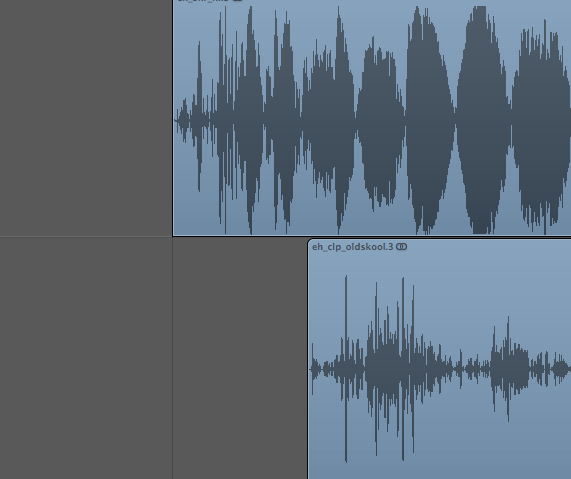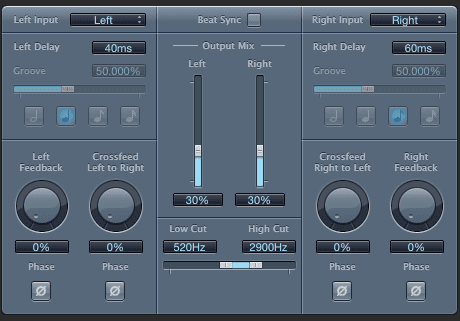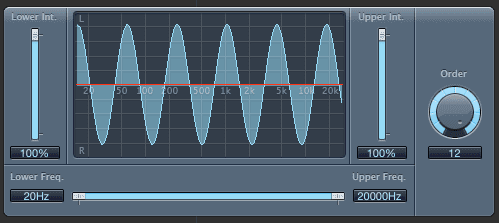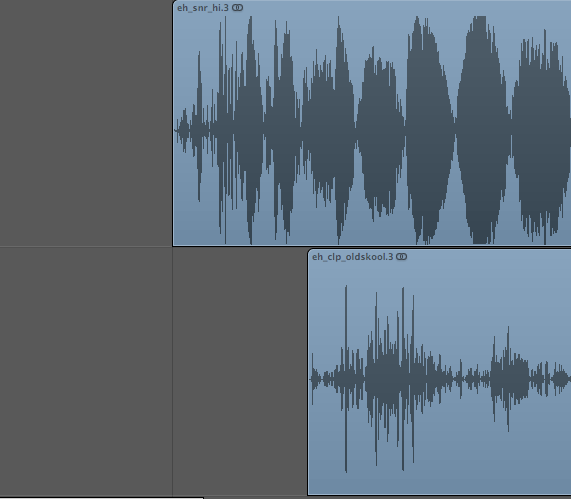If you can’t find the perfect snare or clap sample, make your own. Layering samples allows you to create the perfect blend. Bruce Aisher demonstrates.
Second only to the all-important kick, snares and claps define the rhythmic core of most drum tracks. In some cases genres can even be defined by the sonics and style of their kick, snare and claps alone.
On the face of it you might think it’s simply a matter of choosing a couple of appropriate clap or snare sounds, placing them on the 2nd and 4th beats of the bar and ‘job done’. This may work to start with, but there some simple techniques to take your rhythm tracks that bit further. The beauty here is that it’s possible to give your productions your own personalised sonic stamp armed only with a few of the choice tricks discussed below.
Start with the right sounds
Assuming your kick drum’s already in place, let’s get the snare going. To begin with it’s sometimes better to start with a full-sounding snare, rather than anything too weak and simple. This should give you plenty of scope for some shaping and tweaking later.
Now it’s time to add a clap sound. First layer it in exactly the same place as the original snare. The clap sound in this case has an altogether different tone and shape to the snare. Claps tend to have less fullness to them, with a staggered attack phase. What we want here is something that complements our snare, rather than treading on its toes in sonic terms.
At this stage you may want adjust the relative levels of the snare and clap elements to suit your track.
Managing the stereo field and adding width
This actually works quite well, but we can make some of our own tweaks to tailor the sound. First we’ll spice up the snare with some bitcrushing. This adds grit and some distorted harshness.
Next we can add some additional width to the sound, by inserting a stereo delay. The key here is to use two short (but different) delay times for the left and right channels. If possible, try some low and high cut on the delay feed, and keep its mix balance to less than about 30%.
Now we turn our attention to the clap. A useful trick for widening the stereo image of a sound is to duplicate it across two tracks, pan the tracks left and right respectively and apply complimentary EQ to each. In other words, at frequencies where one is boosted, the other should be cut and vice versa.
There are in fact plugins that do this automatically for you. In this case we’re going to use the ‘Stereo Spread’ plugin Logic, that automatically splits and pans a series of EQ bands.
Finally try shaving-off some of the low-end from both the clap and snare.
Moving them forwards or backwards
It is possible to change the groove and flow of the drums by subtly shifting the clap (or snare) slightly before or after the beat.
Let’s stick with the slightly delayed clap for now.






11.21 AM
Awesome tip! Always wondered about pre-delay on rerveb. Quick question though: I’m using a VST drums (Slate) and I also have a rerveb buss that I send certain instruments through (including the snare) to give the illusion that they’re sharing the same space. So I wonder how I should apply this to the snare do I put it on the actual (dry) snare track? do I put it on the room mic’ in my drum VST, which is the natural space’ of the kit? do I then take the snare out of my rerveb buss? Any thoughts/suggestions?
11.37 AM
Hey,
There are no right answers here: different producers choose different ways.
Here are your options:
1. Insert a reverb plugin on the snare track. Tweak the wet/dry balance to get the amount of reverb you want.
2. Set up a reverb for the drum kit on a bus. This means you can send a little of any kit element to the same reverb. You can send some hi-hat signal, some tom signal – and some snare signal – to that same single bus. This would seem to be the best option for you as you state you want the illusion that the drum sounds are sharing the same space.
3. Send all drum parts to the same bus. Then on this group bus insert a reverb insert and tweak the wet/dry balance as in (1) above. You have considerably less control if you choose this method; each drum element in the group will be treated to the same amount of verb, which is rarely desirable.
re the ‘room mic’ signal: don’t confuse this. This is a specific signal included in VSTs (or captured live) that uses mics set up away from the kit (distant mics) to capture the natural ambient sound of the room. Some rooms that drums are recorded in have a fantastic ambient sound – and some of these are modelled in VSTs. It would be unusual to add additional reverb to this room channel, as it already *is* the reverb. (Although, as with all things audio, you can certainly give it a go and see what you come up with!)
Throwing this room signal into the mix then, I would suggest you simply set up a reverb sound on a bus, send as much snare signal (and any other drums’ signals) to that bus, and then you can mix the ‘room’ signal in to the balance you like. Of course one thing to note when doing so is that you will want to choose a reverb sound that complements to some extent the natural ambient sound of the room.
Hope this helps!
Dave @ Attack
12.36 PM
great piece. any recommendations for a similar stereo spread plug in for live? i use mda image on ads, but i dont think it would have the desired effect on clap/snare
thanks
12.36 PM
^ pads, not ads
02.10 PM
I think most songs these days have the worst snare sounds. So dry and weak. It usually sounds like they are recorded way in the background and with clap sounds, they sound unnatural. Why can’t more sound engineers make a snare drum sound like a snare drum. Similar to the song “One Headlight” by the Wall Flowers. That drum sounds great with no need for “Doctoring” the sound. We are living in a dark ages for sound recording IMO.
10.53 PM
@DWT, its clearly a matter of preference, i find that Wallflower snare boring. It has alot to do with how much the development of mix engineering integrated with the music to make the sounds we are use to. Everybody tried to get better, sometimes bigger, sounds and it left regular sounds sounding dull.
But i mean, look at Motown, Phil Spectre, The Beatles, etc, lots of distortion and processing. Its hard to find a plain snare with that resonant tone left in, it sounds like a pitch that varies, which can be out of tune with everything else, even when tuned.